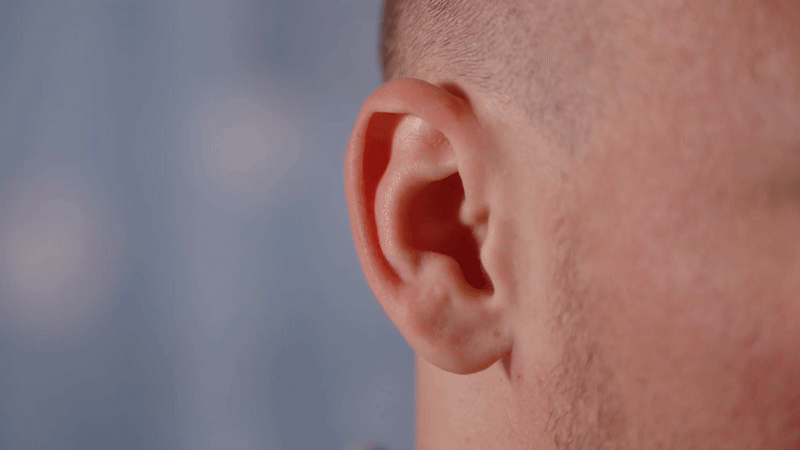On a bright day, you might be particularly careful about wearing sunscreen to avoid sunburn. But is the skin the only part of the body that can develop this painful, red rash? For example, can your eyes get sunburned?
According to experts, sunburn can also appear on some of our most delicate organs: our eyes.
“Photokeratitis is the technical term,” Dr. Steven Quan, an optometrist at the University of Chicago Medical Center, told Live Science. “The idea is UV [ultraviolet] radiation from the sun, prolonged exposure or very high exposure of any kind of radiation can cause a burn to the corneal epithelial cells.”
The cornea is the eye’s outermost surface. Like the glass on the face of a wristwatch, the crystal-clear surface acts as a protective covering for everything underneath it, Dr. Esen Akpek, a professor of ophthalmology at Johns Hopkins University School of Medicine, told Live Science. The cornea is made up of five layers: the epithelium, Bowman’s layer, stroma, Descemet’s membrane and endothelium. The outermost layer, the epithelium, is a very thin but tough surface that protects the eye from dust, water and bacteria. It also distributes oxygen and nutrients absorbed from tears to the rest of the cornea.
“What happens to the eye when you get UV exposure is that the epithelial layer loses its resilience. Some of it sloughs off,” Akpek said. “Sometimes it might slough off fully, and that is very, very, extremely painful, because right below the level of the epithelium, there is a rich nerve plexus.”
Related: Why does water squirt out of your eye if you blow your nose really hard?
Epithelial cells in the cornea are similar to those in our skin, and like skin cells, they grow, die and regrow constantly.
“It’s a natural process,” Akpek said. “But the turnover is at a certain rate. When the entire layer of epithelium is gone, then the regenerating cells cannot regenerate fast enough, so the cornea becomes naked.”
When exposed to lower levels of UV, epithelial cells can all die off at once, rather than at their naturally staggered rates, Akpek explained. But at very high levels of exposure, UV can also kill the stem cells that give rise to newly generated cells, causing scarring of the cornea and even blindness. “That’s very rare, but that can happen,” Akpek said.
Most of the time, photokeratitis resolves on its own, but it can cause intense eye pain, eye redness, blurry vision, swelling and headaches, per the American Academy of Ophthalmology.
The condition is most common among people who don’t wear proper eye protection during activities that expose them to intense ultraviolet radiation, like welding, Akpek said. People with snow-related hobbies or professions are also at risk of a form of photokeratitis often called “snow blindness,” in which UV rays reflect off the snow and damage the cornea. Snow blindness is more common in areas with high snow and ice cover, like the North and South poles or high mountains.
But Quan said mild corneal damage can occur even when people are doing more common activities, like boating or gardening. UV rays can also reflect off surfaces such as sand or water. Although every person’s lifestyle is different, he said, in general, wearing a hat or sunglasses that block 100% of UV rays is a good way to prevent eye damage.
“Some people get more wraparound sunglasses depending on their activities,” Quan said. “[If] you’re on the water, you’re on the slopes — those things where you get reflectance from below — your hat’s not really going to cover you. So that’s where sunglasses are better. But if your job, or whatever you’re doing, makes it very difficult to wear sunglasses, and the hat is really all you need for upper protection, you’re probably OK. It just depends.”
While photokeratitis is often called “sunburn of the eyes,” it usually doesn’t lead to a tumor on the cornea in the way a sunburn can increase the risk of tumors on the skin. But UV exposure can cause eyelid tumors, which is technically skin cancer, Quan said. Wearing sunglasses can help protect against both skin cancer on the eyelids and photokeratitis and should be worn even in the winter.
“People are less mindful or aware that in the winter, they’re just as at risk to it as they are in the summer,” Quan said. “The amount of UV that you get can be generally even higher.”














